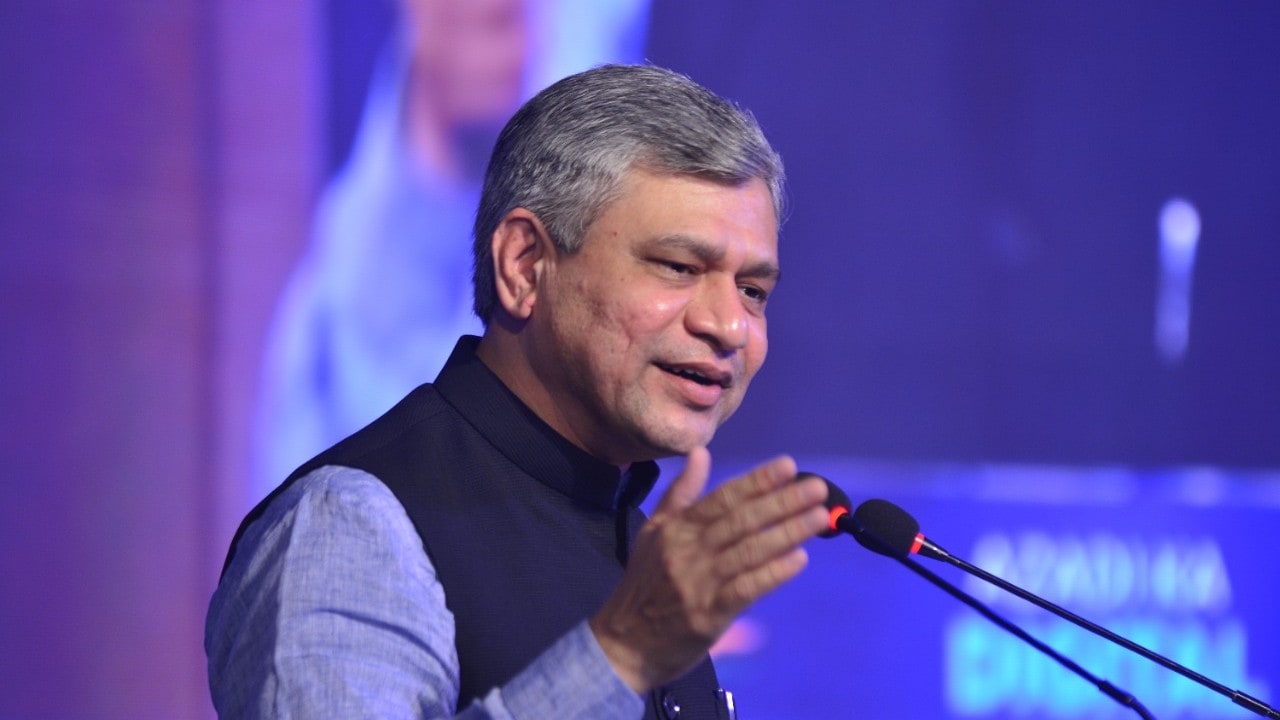As attrition rate rises across Asia, this ‘untapped talent pool’ presents a solution
Summary
Joni Simpson, a senior specialist for gender, equality, and non-discrimination, said that there are “an estimated 472 million persons with disabilities of working age in Asia” but almost two-thirds of them are outside of the labour force.A recent ILO report on “Tapping the potential of persons with disabilities in Asia and the Pacific” said that Asian businesses struggle with disability inclusion owing to a “lack of awareness” and “prevailing stereotypes”.
The Great Resignation, where people are quitting jobs in the aftermath of the COVID pandemic for better work-life balance and to pursue their passion, is still going strong and Asian economies are beginning to feel the heat now.
According to the 2021 Mercer survey, employers from Malaysia, Indonesia, the Philippines, and Thailand observed a higher turnover rate, especially at the mid-career level. This means that employers would have to look for ways to deal with labour shortage and according to a senior International Labor Organization (ILO) official, the solution to the imminent crisis lies in an “under-tapped pool” of talent — individuals with disabilities.
Joni Simpson, a senior specialist for gender, equality, and non-discrimination, said that there are “an estimated 472 million persons with disabilities of working age in Asia” but almost two-thirds of them are outside of the labour force.
A recent ILO report on “Tapping the potential of persons with disabilities in Asia and the Pacific” said that Asian businesses struggle with disability inclusion owing to a “lack of awareness” and “prevailing stereotypes”.
It said, “Some of the most common assumptions and fears are that people with disabilities are able to perform only routine repetitive jobs, that they have low productivity and a high accident rate, and that adaptations to the workplace will be costly.”
However, Simpson said that “highly skilled workers with disabilities are out there and wanting to find jobs”. He added that it was up to companies to step up their “diversity-hiring practices”.
A senior Deutsche Bank official also stressed the need for businesses to open up to hiring persons with disabilities. “Statistically, more than one billion people in the world have disabilities. But it is often overlooked that within that number are countless talented and gifted individuals who are more than able and willing to support, outperform and even lead their peers,” said Bernd Starke, Deutsche Bank’s head of DACH (Germany, Austria, and Switzerland) corporate coverage for Asia-Pacific.
Benefits of hiring persons with disabilities
According to a Glassdoor survey, 76% of employees and job seekers want a diverse workforce. Therefore, hiring persons with disabilities gives a business a competitive advantage.
It has also been reported that the reputation and profitability of companies shoot up as they hire persons with disabilities. This has been corroborated by a 2018 Accenture study which found that “businesses which actively seek to employ people with disabilities reported higher revenues, net incomes and profit margins than businesses that do not”.
Besides, at a time when the attrition rate is going up steadily, employees with disabilities come with strong job loyalty. A study by DuPont de Nemours — focusing on the US job market — concluded that people with disabilities have better retention rates and less absenteeism. Experts also highlight that including persons with disabilities in a team instills empathy in others.
Also Read: 3 ways hiring this ‘under-tapped pool’ of talent can benefit Asia’s workforce

Elon Musk forms several ‘X Holdings’ companies to fund potential Twitter buyout
3 Mins Read
Thursday’s filing dispelled some doubts, though Musk still has work to do. He and his advisers will spend the coming days vetting potential investors for the equity portion of his offer, according to people familiar with the matter









 Listen to the Article
Listen to the Article  Daily Newsletter
Daily Newsletter












